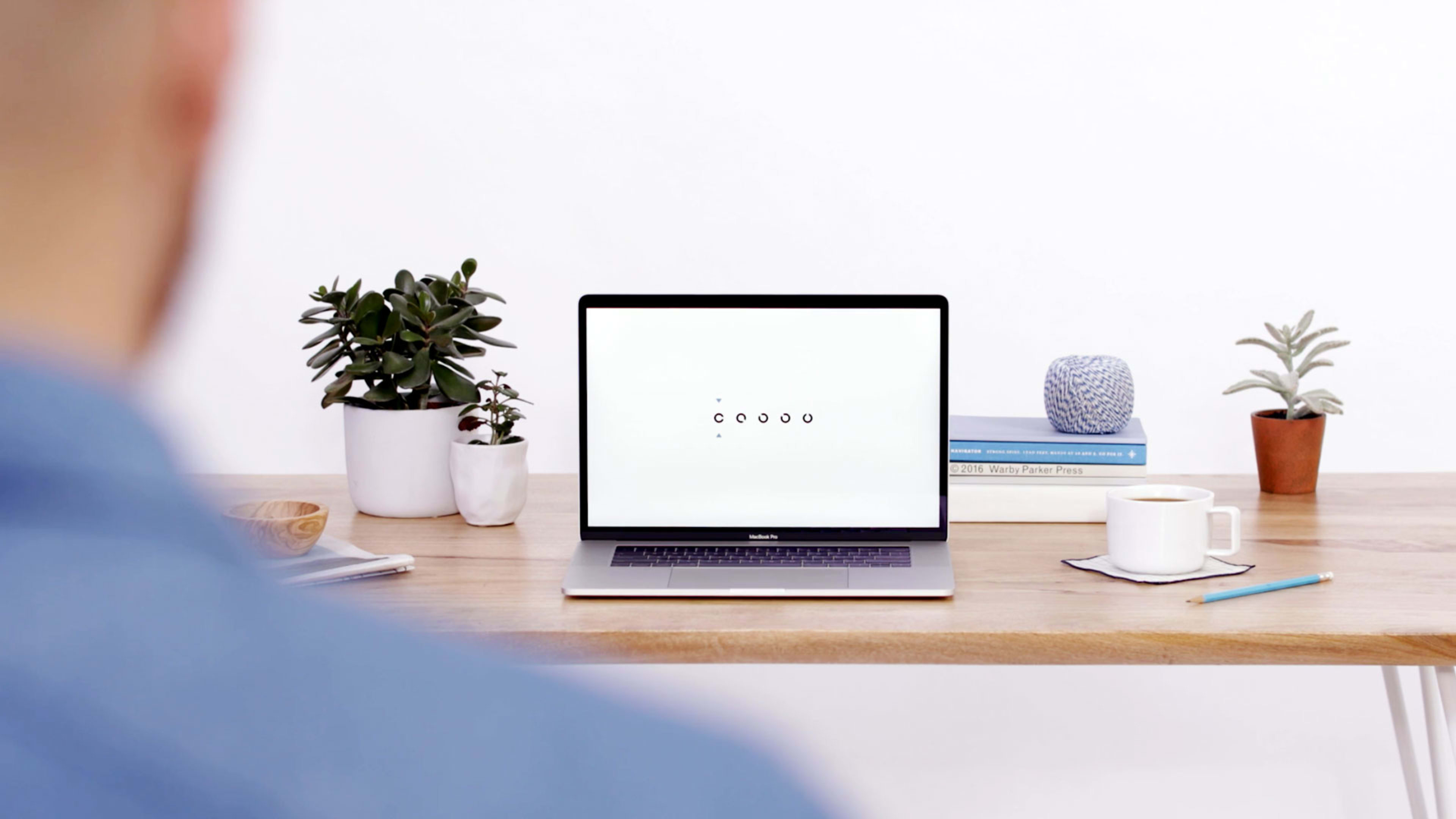“One advantage of Warby Parker having a direct relationship with customers is that we get feedback and can move quickly,” said co-CEO Dave Gilboa during the 2017 Fast Company Innovation Festival. “They’ve told us that it’s inconvenient and annoying to get a new prescription to get a new pair of glasses.” As the fast-growing eyewear startup dug into the issue, Gilboa and company realized that the process of getting a new glasses prescription is actually “pretty antiquated,” as he puts it.
“We realized that we could use tech to make the experience newer, better, and faster,” Gilboa says.
Warby Parker already offers comprehensive eye exams in 13 of 60-plus locations, but the company came to appreciate that being able to offer a computer-vision test via an app that could address customers who just need an up-to-date prescription, for example, could dramatically increase its potential customer base. As Gilboa explains, typically optometrists see 59% of their revenue from selling glasses, so they’re highly incentivized not to let a customer walk out the door with a prescription to be filled by Warby Parker. Meanwhile, 110 million Americans get an eye exam annually at an average of $50 a test, says David Rose, Warby Parker’s VP of vision technology.
“That’s a $5 billion market,” he says, “so we’ve created a startup within the company to go after that opportunity.”
The app, Prescription Check, breaks down the process into four steps. The first, eligibility, weeds out more than 80% of people who initiate a session: They’re just looking, don’t live where Warby Parker can offer this service, or have a serious health issue that prevents them from proceeding. Of those that make it into the test itself, well over 80% complete the three-part exam, which takes approximately 20 minutes total. The tests, which require a computer, a credit card, and 12 feet of space in addition to an iPhone, evaluate such things as astigmatism and refractive error to determine a prescription, which is then checked by a local doctor.
Prescription Check is currently live in the states that represent Warby Parker’s largest audience and where telemedicine is legal, including New York, California, Texas, Massachusetts, Colorado, and Washington. The app is iOS only for now, because as Rose notes, “If you look at iPhone users and Warby Parker customers, it’s a huge Venn diagram of agreement right now.” The test costs $40, which is charged only when the customer receives a prescription. Rose reports that 80% of those people buy glasses from Warby Parker.
The app’s most distinctive feature is the way it walks users through the process. It deliberately looks and even functions like a chatbot, with a series of messages going back and forth between the user and Warby Parker. It’s in fact a complex decision tree, one to which Rose and his small team of eight, including himself, are adding more conditional logic to make it feel more natural.
Inspired by what Rose demoed, an attendee at the event asked Rose if adding eye testing creates the potential for Warby Parker to be a platform and not just a commerce company with a value-added service. Rose concurred, saying that they could pursue such things as recommending eye doctors when a customer needs a comprehensive exam and charging a referral fee. Warby Parker could also offer Prescription Check to other folks who do eye exams, selling it as a service. As Gilboa says, “The [eyewear and eyecare] industry is a category that hasn’t seen innovation in decades.” No more.
Recognize your brand’s excellence by applying to this year’s Brands That Matter Awards before the early-rate deadline, May 3.
